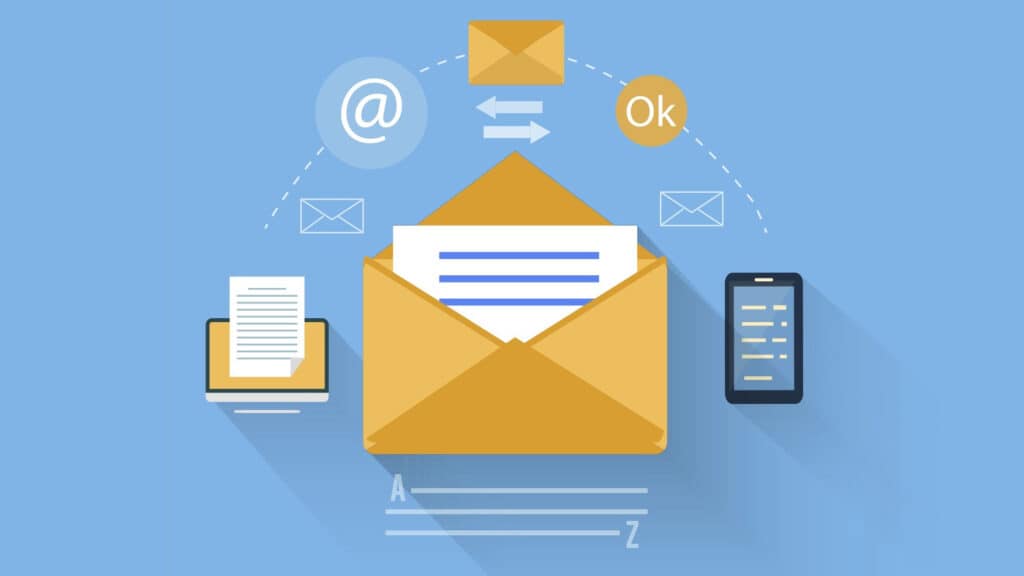In today’s digital landscape, creating an engaging email header is crucial. It helps in capturing your recipient’s attention and encouraging them to dig deeper into your email content. A well-designed email header reflects your brand identity. It further sets the tone for the entire email. Let’s explore some best practices for creating email headers that leave a lasting impression. You can always look for more insights into HTML email templates and trends.
Contents
Key Elements of Email Header Design
Logo and Branding
Your company’s logo should take center stage in your email header image. It is a visual representation of your brand and helps recipients instantly recognize your emails. Ensure that the logo is appropriately sized and placed at the top of the header for maximum visibility.
Clear and Concise Text
The header text should be succinct and convey the purpose of the email. Use a font that can be seen across different devices and avoid excessive use of different fonts that might clutter the header. Consider using a captivating tagline or slogan to reinforce your message.
Eye-catching Imagery
Integrate compelling graphics that complement your message. An engaging header image can pique the recipient’s interest. It can also set the tone for the content within the email. However, ensure the image is not too large, as it might slow down loading times.
Responsive Design
Good email headers must adapt seamlessly to various screen sizes. Utilize responsive design techniques to ensure that your header looks appealing whether it’s viewed on a desktop, tablet, or smartphone.
Compelling Call-to-Action
Your email header can serve as an entry point to your email’s main call-to-action (CTA). Design the header in a way that draws attention to the CTA button, encouraging recipients to take the desired action.
Consistency Across Campaigns
Consistency is the key to reinforcing your brand identity. Use a consistent color scheme, typography, and overall design style in your best email headers to create a cohesive brand experience for your subscribers.
Dos and Don’ts of Email Header Design
Dos
- Use contrasting colors for text and background to ensure readability.
- Maintain a balanced header layout that is not overly cluttered.
- Align your header with your overall email content to create a cohesive visual experience.
Don’ts
- Using overly intricate fonts might render differently on various devices.
- Overloading your header with excessive images or text could overwhelm recipients.
- Not including alt text for images to ensure accessibility.
Steps to Create an Effective Email Header
Incorporating email header best practices into your design can significantly enhance the impact of your email campaigns. It can lead to improved engagement and better conversion rates.
- Begin with a clean and clutter-free design canvas.
- Incorporate your company logo at the top.
- Place compelling and concise text beneath the logo.
- Integrate an eye-catching image that resonates with your message.
- Ensure responsive design for various devices.
- Prioritize mobile-friendly layout.
- Use contrasting colors for text and background.
- Maintain a balanced layout and visual consistency.
Additional Tips For Email Designing
Every brand aims to optimize its email header design. So, they have to keep in mind that the industry is constantly evolving. Here are a few additional tips and considerations to stay ahead of the curve.
Personalization: Leverage the power of personalization by incorporating dynamic elements into your email header. Tailoring the header to individual recipients can enhance engagement and make your emails feel more relevant.
A/B Testing: Do not hesitate to experiment with different variations of your email header design. A/B testing can help you identify which elements resonate best with your audience. It can drive the desired outcomes.
Minimalistic Approach: While it is tempting to include a wealth of information in the header, a minimalistic approach often works wonders. Focus on the most essential elements to avoid overwhelming your recipients.
Whitespace Utilization: Embrace whitespace to create a sense of balance and elegance in your email header. Well-utilized whitespace can enhance readability and draw attention to key elements.
Accessibility: Design your email header with accessibility in mind. Provide descriptive alt text for images, and ensure that the contrast between the text and the background is sufficient.
Conclusion
The email header is the gateway to your email content, and following these best practices can make that gateway inviting. By focusing on key elements you will be well on your way to creating email headers that not only look great but also drive meaningful interactions with your audience. A well-crafted email header sets the tone for the entire email. Therefore, the key is to invest time and effort to make it as compelling as possible.

